
We invite you to explore this virtual book display to celebrate Black History Month 2023. Included are digital books by accomplished writers, leaders, and scholars that highlight the journey and showcase numerous contributions of the Black experience.
Online copies of these books may be limited through the CSUN University Library, if it is unavailable you can check the Los Angeles Public Library or other local libraries near you for online access, or visit in person for physical copies.
Also check out Black History Events in the month of February:
Black History Month 2023: Black Resistance
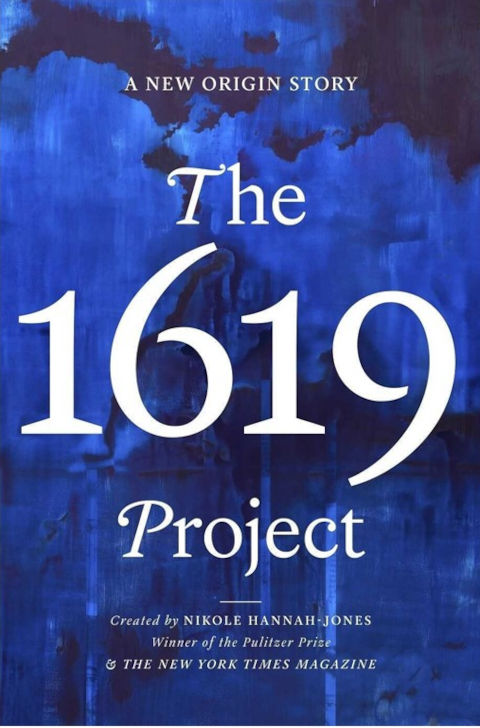
A dramatic expansion of a groundbreaking work of journalism, The 1619 Project: A New Origin Story offers a profoundly revealing vision of the American past and present.
The 1619 Project speaks directly to our current moment, contextualizing the systems of race and caste that still define so much of American life today. It reveals the hidden truths around our nation’s founding and construction—and the way that the legacy of slavery did not end with emancipation, but continues to shape contemporary American life.
Online copies of this book are limited through the CSUN University Library, if it is unavailable you can check the Los Angeles Public Library or other local libraries near you.
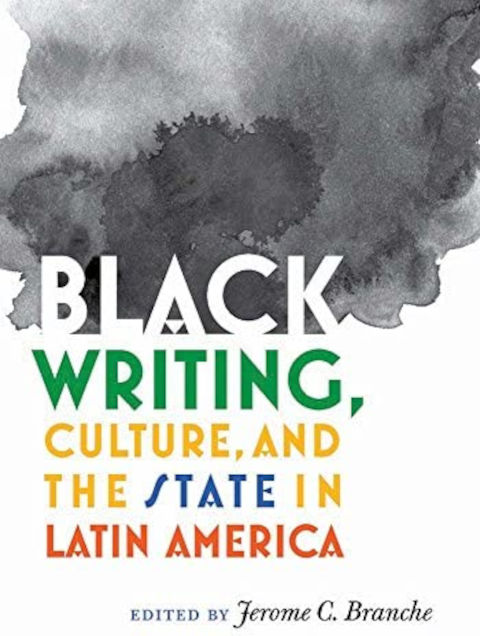
In Black Writing, Culture, and the State in Latin America, Jerome Branche presents the reader with the complex landscape of art and literature among Afro-Hispanic and Latin artists. Branche and his contributors describe individuals such as Juan Francisco Manzano, who wrote an autobiography on the slave experience in Cuba during the nineteenth century. The reader finds a thriving Afro-Hispanic theatrical presence throughout Latin America and even across the Atlantic. The role of black women in poetry and literature comes to the forefront in the Caribbean, presenting a powerful reminder of the diversity that defines the region.
All too often, the disciplines of film studies, literary criticism, and art history ignore the opportunity to collaborate in a dialogue. Branche and his contributors present a unified approach, however, suggesting that cultural production should not be viewed narrowly, especially when studying the achievements of the Afro-Latin world.
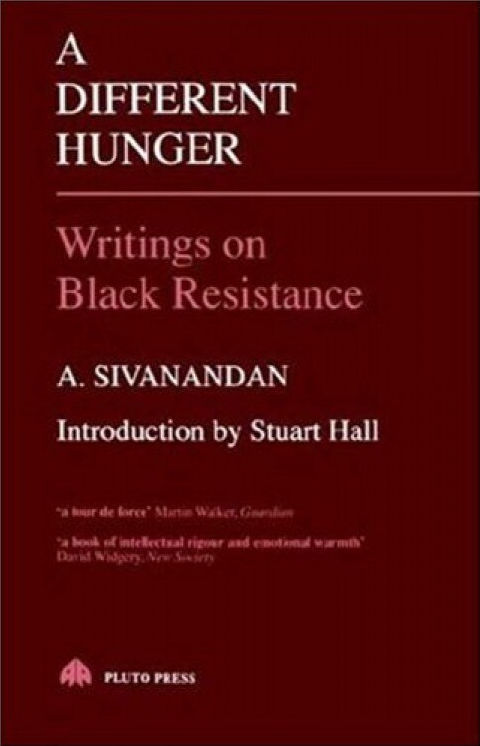
A collection of Sivanandan's work charting the history of post war black struggles against British racism.
Ambalavaner Sivanandan is director of the Institute of Race Relations and editor of Race & Class. His fiction includes When Memory Dies, shortlisted for the Commonwealth Writers Prize and winner of the Sagittarius Prize, and Where the Dance Is, both published by Arcadia Books.
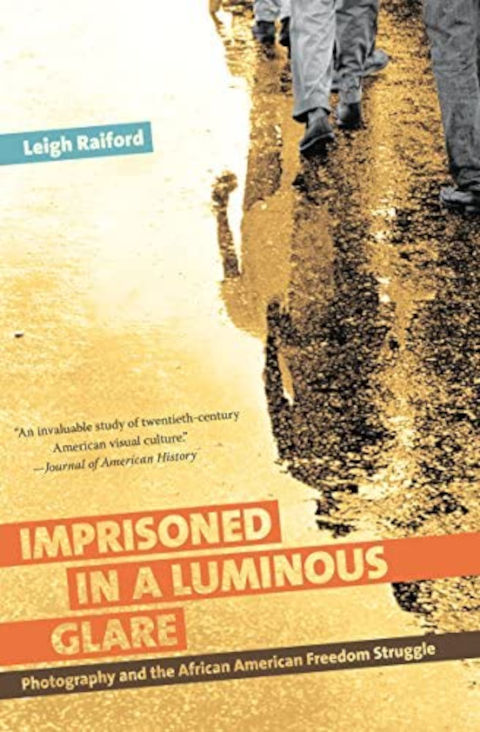
In Imprisoned in a Luminous Glare, Leigh Raiford argues that over the past one hundred years, activists in the black freedom struggle have used photographic imagery both to gain political recognition and to develop a different visual vocabulary about black lives. Offering readings of the use of photography in the anti-lynching movement, the civil rights movement, and the black power movement, Imprisoned in a Luminous Glare focuses on key transformations in technology, society, and politics to understand the evolution of photography's deployment in capturing white oppression, black resistance, and African American life.
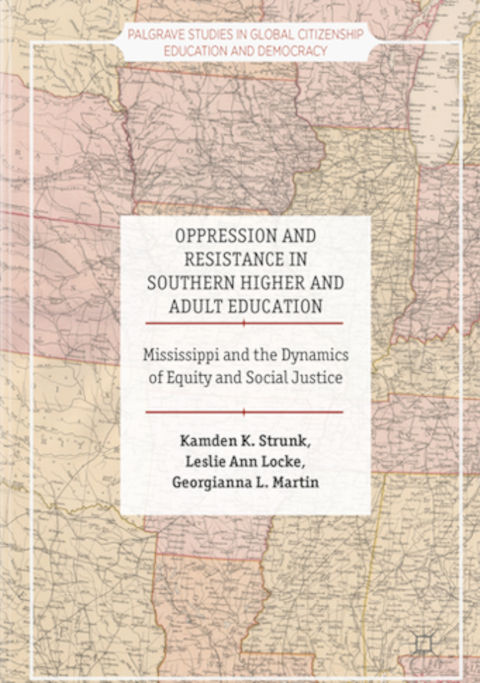
This book explores the long history of oppression and resistance in adult and higher education, situated in Mississippi. The state serves as a unique site in which intersecting narratives around race, ethnicity, social class, opportunity, democracy, and equity have played out over the past several decades. In this book, the authors highlight the experiences of students and adults in Mississippi who provide both covert, subtle resistance to the dominant, oppressive educational narrative in the state, as well as those who provide active, visible resistance. Using critical pedagogy and critical theory to drive their analysis, the authors highlight the systematic and continuous nature of oppression, and theorize ways forward toward liberation in Mississippi, the South, and the nation.
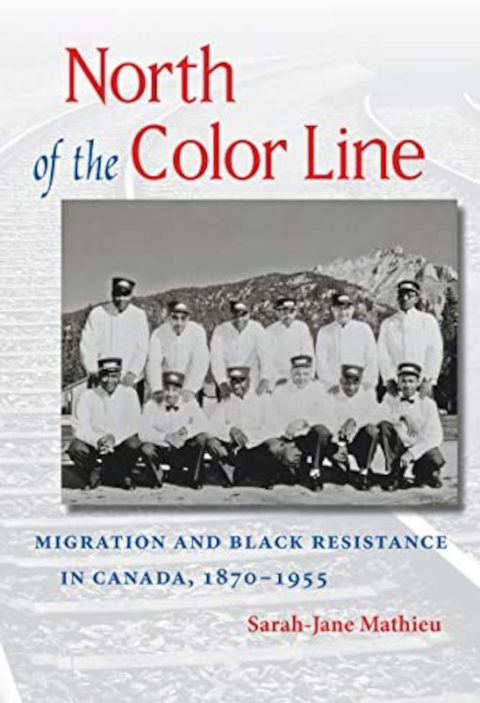
North of the Color Line examines life in Canada for the estimated 5,000 blacks, both African Americans and West Indians, who immigrated to Canada after the end of Reconstruction in the United States. Through the experiences of black railway workers and their union, the Order of Sleeping Car Porters, Sarah-Jane Mathieu connects social, political, labor, immigration, and black diaspora history during the Jim Crow era.
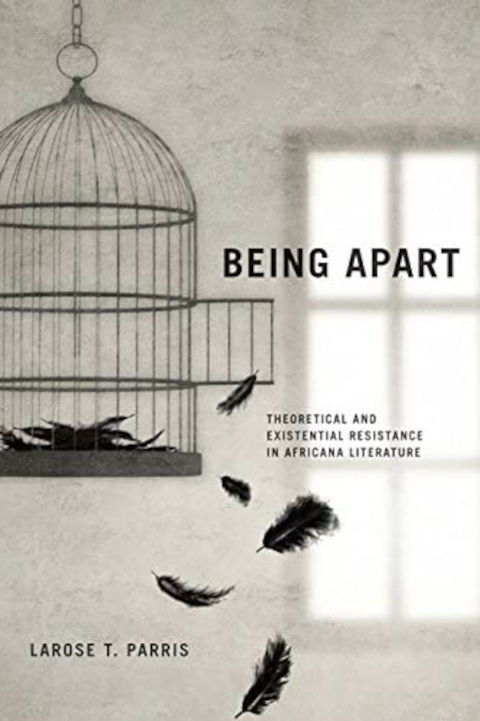
In Being Apart, LaRose Parris draws on traditional and radical Western theory to emphasize how nineteenth- and twentieth-century Africana thinkers explored the two principal existential themes of being and freedom prior to existentialism's rise to prominence in postwar European thought. Emphasizing diasporic connections among the works of authors from the United States, the Caribbean, and the African continent, Parris argues that writers such as David Walker, Frederick Douglass, W. E. B. Du Bois, C. L. R. James, Frantz Fanon, and Kamau Brathwaite refute what she has termed the tripartite crux of Western canonical discourse: the erasure of ancient Africa from the narrative of Western civilization, the dehumanization of the African and the creation of the Negro slave, and the denial of chattel slavery's role in the growth of Western capitalism and empire.
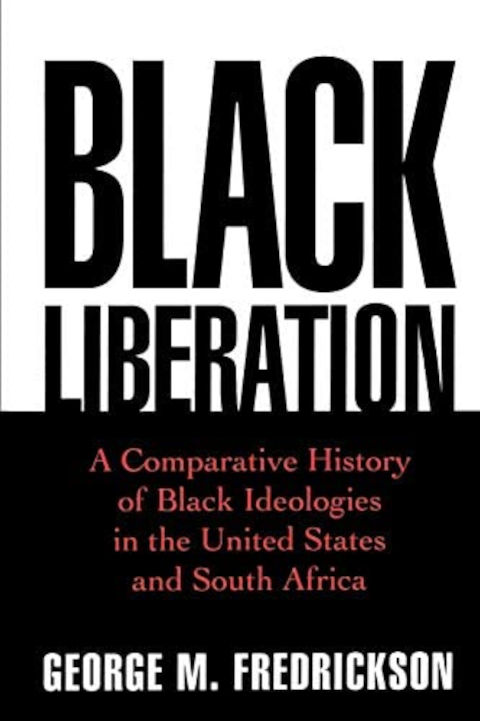
In Black Liberation, George Fredrickson offers a fascinating account of how blacks in the United States and South Africa came to grips with the challenge of white supremacy. He reveals a rich history--not merely of parallel developments, but of an intricate, transatlantic web of influences and cross-fertilization. He begins with early moments of hope in both countries--Reconstruction in the United States, and the liberal colonialism of British Cape Colony--when the promise of suffrage led educated black elites to fight for color-blind equality. A rising tide of racism and discrimination at the turn of the century, however, blunted their hopes and encouraged nationalist movements in both countries. Fredrickson teases out the connections between movements and nations, examining the transatlantic appeal of black religious nationalism (known as Ethiopianism), and the pan-Africanism of Du Bois and Garvey. He brings to vivid life the decades of struggle, organizing, and debate, as blacks in the United States looked to Africa for identity and South Africans looked to America for new ideas and hope.
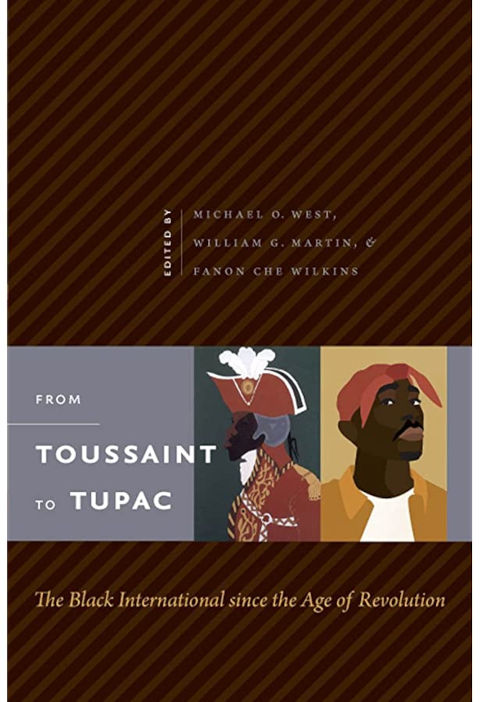
From Toussaint to Tupac focuses on three moments in global black history: the American and Haitian revolutions, the Garvey movement and the Communist International following World War I, and the Black Power movement of the late twentieth century. Contributors demonstrate how black internationalism emerged and influenced events in particular localities, how participants in the various struggles communicated across natural and man-made boundaries, and how the black international aided resistance on the local level, creating a collective consciousness.

This anthology of black writers traces the evolution of African-American perspectives throughout American history, from the early years of slavery to the end of the twentieth century. The essays, manifestos, interviews, and documents assembled here, contextualized with critical commentaries from Marable and Mullings, introduce the reader to the character and important controversies of each period of black history. The selections represent a broad spectrum of ideology. Conservative, radical, nationalistic, and integrationist approaches can be found in almost every period, yet there have been striking shifts in the evolution of social thought and activism. The editors judiciously illustrate how both continuity and change affected the African-American community in terms of its internal divisions, class structure, migration, social problems, leadership, and protest movements. They also show how gender, spirituality, literature, music, and connections to Africa and the Caribbean played a prominent role in black life and history.
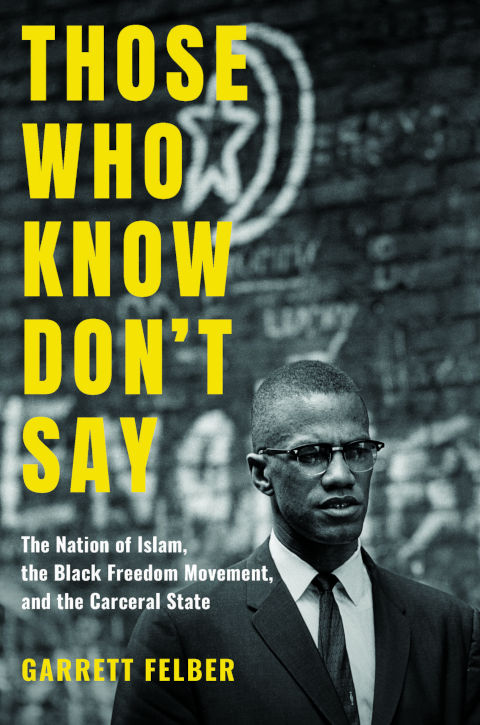
Challenging incarceration and policing was central to the postwar Black Freedom Movement. In this bold new political and intellectual history of the Nation of Islam, Garrett Felber centers the Nation in the Civil Rights Era and the making of the modern carceral state. In doing so, he reveals a multifaceted freedom struggle that focused as much on policing and prisons as on school desegregation and voting rights. The book examines efforts to build broad-based grassroots coalitions among liberals, radicals, and nationalists to oppose the carceral state and struggle for local Black self-determination. It captures the ambiguous place of the Nation of Islam specifically, and Black nationalist organizing more broadly, during an era which has come to be defined by nonviolent resistance, desegregation campaigns, and racial liberalism.

In Sisters in the Struggle, we hear about the unsung heroes of the civil rights movements such as Ella Baker, who helped found the Student Non-Violent Coordinating Committee, Fannie Lou Hamer, a sharecropper who took on segregation in the Democratic party (and won), and Septima Clark, who created a network of "Citizenship Schools" to teach poor Black men and women to read and write and help them to register to vote. We learn of Black women's activism in the Black Panther Party where they fought the police, as well as the entrenched male leadership, and the Southern Christian Leadership Conference, where the behind-the-scenes work of women kept the organization afloat when it was under siege. It also includes first-person testimonials from the women who made headlines with their courageous resistance to segregation—Rosa Parks, Charlayne Hunter-Gault, and Dorothy Height.
This collection represents the coming of age of African-American women's history and presents new stories that point the way to future study.
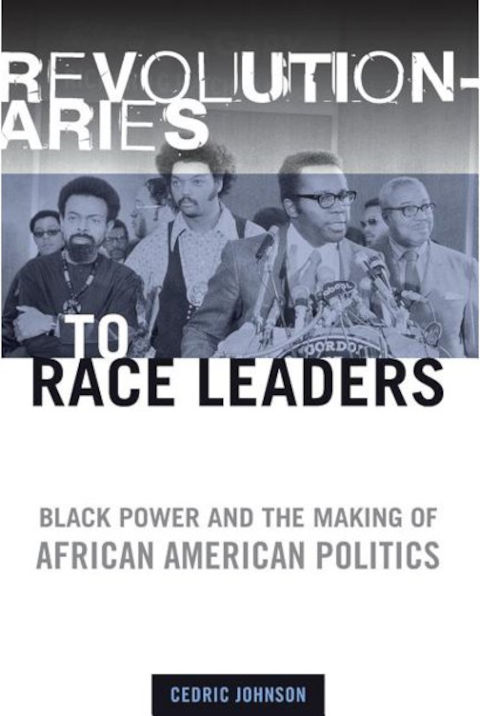
What happened to the revolutionary goals of the Black Power movement?
Exploring the major political and intellectual currents from the Black Power era to the present, Cedric Johnson reveals how black political life conformed to liberal democratic capitalism and how the movement’s most radical aims were eclipsed by more moderate aspirations. Documenting the historical retreat from democratic struggle, Revolutionaries to Race Leaders ultimately calls for the renewal of popular resistance and class-conscious politics.

African American writing commonly represents New World topography as a set of entrapments, contesting the open horizons, westward expansion, and individual freedom characteristic of the white, Eurocentric literary tradition. Geographies of Flight: Phillis Wheatley to Octavia Butler provides the first comprehensive treatment of the ways in which African American authors across three centuries have confronted the predicament of inhabiting space under conditions of bondage and structural oppression. William Merrill Decker examines how, in testifying to those conditions, fourteen black authors have sought to transform a national cartography that, well into the twenty-first century, reflects white supremacist assumptions. These writers question the spatial dimensions of a mythic American liberty and develop countergeographies in which descendants of the African diaspora lay claim to the America they have materially and culturally created.
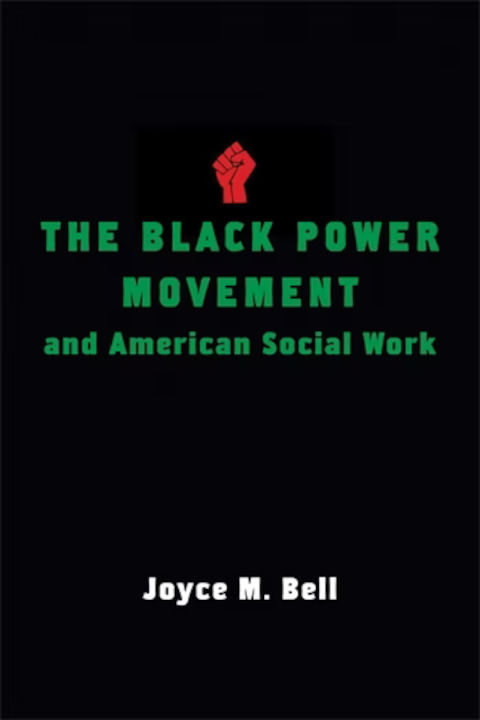
Relying on extensive archival research and oral history interviews, Joyce M. Bell follows two groups of black social workers in the 1960s and 1970s as they mobilized Black Power ideas, strategies, and tactics to change their national professional associations. Comparing black dissenters within the National Federation of Settlements (NFS), who fought for concessions from within their organization, and those within the National Conference on Social Welfare (NCSW), who ultimately adopted a separatist strategy, she shows how the Black Power influence was central to the creation and rise of black professional associations. She also provides a nuanced approach to studying race-based movements and offers a framework for understanding the role of social movements in shaping the non-state organizations of civil society.
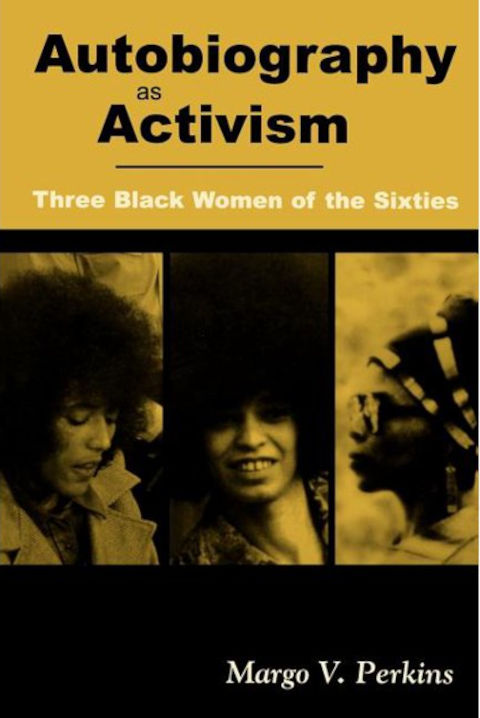
A study of three Black Power narratives as instruments for radical social change Angela Davis, Assata Shakur (a.k.a. JoAnne Chesimard), and Elaine Brown are the only women activists of the Black Power movement who have published book-length autobiographies. In bearing witness to that era, these militant newsmakers wrote in part to educate and to mobilize their anticipated readers. In this way, Davis's Angela Davis: An Autobiography (1974), Shakur's Assata (1987), and Brown's A Taste of Power: A Black Woman's Story (1992) can all be read as extensions of the writers' political activism during the 1960s. Margo V. Perkins's critical analysis of their books is less a history of the movement (or of women's involvement in it) than an exploration of the politics of storytelling for activists who choose to write their lives.
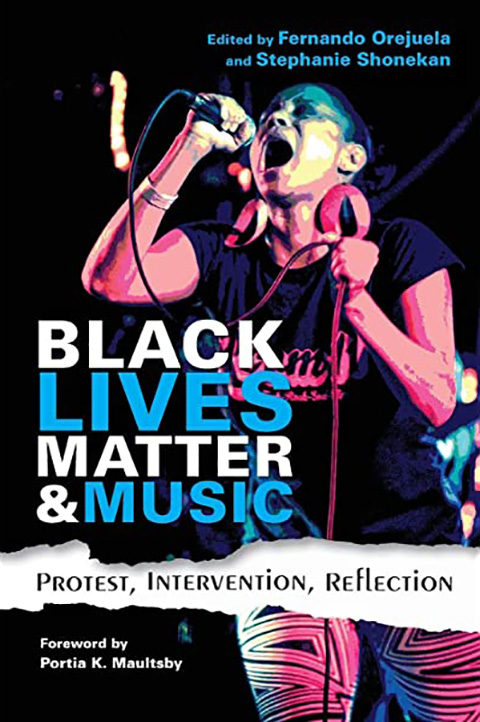
Music has always been integral to the Black Lives Matter movement in the United States, with songs such as Kendrick Lamar's "Alright," J. Cole's "Be Free," D'Angelo and the Vanguard's "The Charade," The Game's "Don't Shoot," Janelle Monae's "Hell You Talmbout," Usher's "Chains," and many others serving as unofficial anthems and soundtracks for members and allies of the movement. In this collection of critical studies, contributors draw from ethnographic research and personal encounters to illustrate how scholarly research of, approaches to, and teaching about the role of music in the Black Lives Matter movement can contribute to public awareness of the social, economic, political, scientific, and other forms of injustices in our society. Each chapter in Black Lives Matter and Music focuses on a particular case study, with the goal to inspire and facilitate productive dialogues among scholars, students, and the communities we study.

